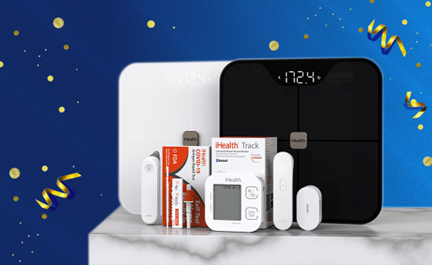Diabetes or Pre-Diabetes: Know Your Numbers
Fasting plasma glucose (blood sugar) and and glycosylated hemoglobin, or hemoglobin A1C, are most commonly used to diagnose diabetes. However, it is not diagnosed with just one test. You must have a second test of either A1C or plasma glucose on a separate occasion to confirm the diagnosis.

Tests for Diagnosis of Diabetes and Prediabetes
- Fasting plasma glucose test Fasting means after not having anything to eat or drink (except water) for at least 8 hours before the test. This test easiest to do first thing in the morning, before breakfast.
- Hemoglobin A1C test does not require the person to be fasting while testing and it reflects the average glucose level of the past three months, with the most influence on glucose within the last two months.
-
Oral Glucose Tolerance Test (or OGTT) will be ordered during pregnancy to detect gestational diabetes among pregnant women. This is routinely done usually done between 24 to 28 weeks of pregnancy.
- An OGTT checks your blood glucose levels before, 1 hour after, again 2 hours after and sometimes also 3 hours after you drink a 50-75g glucose drink. It tells the doctor how your body processes and tolerates glucose and reflects the level of insulin resistance in your body. OGTT can also be a tool in detecting type 2 diabetes.
- Random plasma glucose test can be done at any time of the day and diabetes can be diagnosed while the random plasma glucose level is over 200 mg/dl with diabetes symptoms.
The table below shows the glucose levels of fasting plasma glucose test, OGTT and HbA1c test among normal glucose tolerance, pre-diabetes and diabetes:
| Normal Glucose Tolerance | Pre-diabetes | Diabetes Mellitus | |
| Fasting Plasma Glucose Test (mg/dl) | < 100 | 100-125(impaired fasting glucose) | >=126 |
| OGTT (mg/dl) | < 140 | >=140-199 (impaired glucose tolerance) | >=200 |
| HbA1c (%) | < 5.7 | 5.7-6.4 | >=6.5 |
Now that you see what the normal cutoffs are for each range and blood test type, it's important to understand that these values also depend on your physical activity and level of normal control of Diabetes.
If you have been diagnosed with Diabetes but you are very careful to stay healthy, balance your meals, exercise, and take your medications at the right times and in the right doses, its possible that you could be one of the many people with Diabetes that control their glucose so well that they appear in pre-diabetic range. This makes your Doctor and Care Team very happy! This doesn't mean that you're reversing diabetes, so you should not start eating whatever you want. It means that you have exceptional control, and whatever you are doing with lifestyle and medication is working.
Keep it up!
This feature is coming soon
-
March 04, 2024
-
October 10, 2023
-
October 04, 2023
This feature is coming soon
You May Also Like
Title placeholder
posted_date placeholder
Title placeholder
posted_date placeholder
Title placeholder
posted_date placeholder
Title placeholder
posted_date placeholder
Title placeholder
posted_date placeholder
Title placeholder
posted_date placeholder
Title placeholder
posted_date placeholder
Title placeholder
posted_date placeholder
Title placeholder
posted_date placeholder
Title placeholder
posted_date placeholder
Title placeholder
posted_date placeholder
Title placeholder
posted_date placeholder
Title placeholder
posted_date placeholder
Title placeholder
posted_date placeholder
Title placeholder
posted_date placeholder



